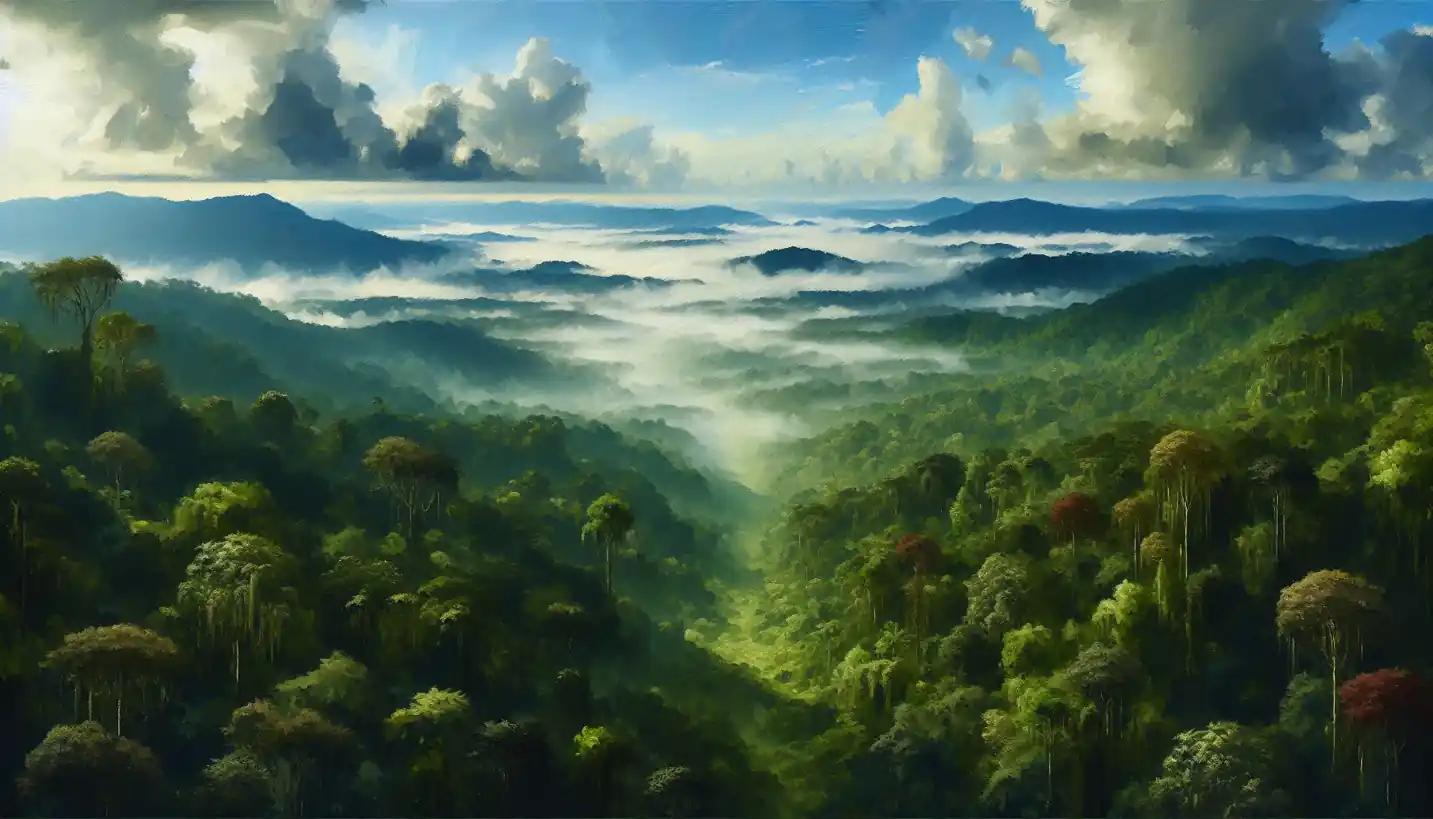· Earth Science · 4 min read
Stratovolcano: The Majestic Giants of Earth Science
Stratovolcanoes, towering giants of Earth, captivate us with their power and potential for both creation and destruction.

At the heart of some of the most breathtaking views and destructive forces on our planet are stratovolcanoes. These giant natural wonders play a significant role in shaping Earth’s surface and impacting its environment. Let’s dive into the fascinating world of stratovolcanoes and explore what makes them both awe-inspiring and formidable.
Stratovolcanoes, also known as composite volcanoes, are like the celebrities of the volcanic world, often grabbing headlines with their towering peaks and dramatic eruptions. Picture a classic, cone-shaped volcano — that image is likely based on a stratovolcano. These natural wonders are characterized by their steep profiles and periodic explosive eruptions.
Building the Perfect Mountain
At the core of understanding stratovolcanoes is knowing how they’re formed. Imagine a layer cake with alternating flavors — this is a great way to visualize the structure of a stratovolcano. They are built up over time through layers of hardened lava, volcanic ash, pumice, and other volcanic materials. This layered structure is a result of eruptions that vary from explosive to effusive (gentle lava flows), creating a sturdy and often picturesque mountain.
The Eruptive Power
Stratovolcanoes are famous for their explosive eruptions. This is largely due to the type of magma that fuels them. The magma found beneath these volcanoes is typically high in silica, making it more viscous, or sticky. Think of it like a thick sludge. When this type of magma rises to the surface, it can trap gas, leading to pressure build-up and eventually explosive eruptions that hurl ash, gas, and lava into the sky.
Some of the world’s most famous volcanic events have involved stratovolcanoes. Take Mount St. Helens in the United States, for instance. Its 1980 eruption was catastrophic, literally blowing the top off the mountain and creating a massive crater.
The Life Underneath
What’s bubbling beneath a stratovolcano is equally fascinating. The magma chamber beneath these giants is a cauldron of molten rock and gases. Over time, this magma rises due to its buoyancy, searching for a weak spot to break through. Think of it as an over-inflated balloon looking for any chance to pop.
But it’s not just one straight path for this magma. As it moves, it melts the surrounding rock, altering its composition and sometimes creating a network of underground conduits. This changing path can influence the style and timing of an eruption.
Environmental Impact
When a stratovolcano erupts, it’s not just the immediate area that’s affected. The ash column can reach the stratosphere, impacting global weather patterns and air travel. A powerful eruption can inject sulfur dioxide into the atmosphere, which can form sulfate aerosols that reflect sunlight and lead to cooling. This phenomenon was observed after the eruption of Mount Pinatubo in 1991, which led to a temporary drop in global temperatures.
Living with the Giants
For people living close to these volcanoes, life is a constant balance between the awe of nature’s beauty and the threat of sudden eruption. Many towns and cities thrive near stratovolcanoes due to the fertile volcanic soil, which is ideal for agriculture. The ash and minerals from previous eruptions create rich soil that’s perfect for growing crops, contributing to local economies.
However, residents must also be prepared for the risks. Early warning systems and evacuation plans are critical in these areas. Monitoring stations around these volcanoes keep an eye on seismic activity, gas emissions, and ground deformation — all signs that an eruption might be imminent.
The Global Distribution
Stratovolcanoes are found around the world, often forming part of the Ring of Fire, a horseshoe-shaped ring of volcanoes around the edges of the Pacific Ocean. This area is home to a large number of Earth’s active and dormant stratovolcanoes. Other famous examples include Mount Fuji in Japan, Vesuvius in Italy, and Cotopaxi in Ecuador.
Future Research and Curiosities
As scientists continue to study stratovolcanoes, they aim to unravel the mysteries of what triggers eruptions and how to better predict them. Research is ongoing in understanding how changes in climate could affect volcanic activity and vice versa. Could stratovolcanoes teach us more about the inner workings of our planet or even similar structures on other planets? These questions continue to spark curiosity and drive scientific inquiry.
In the end, stratovolcanoes are more than just mountains; they’re dynamic, living landscapes that remind us of the power and beauty of nature. Whether they’re blanketed with snow or spewing ash and lava, they capture our imagination and underscore the complex processes that shape our planet. As we marvel at these majestic giants, we’re reminded of both the delicate balance and the immense energy that defines our Earth.


